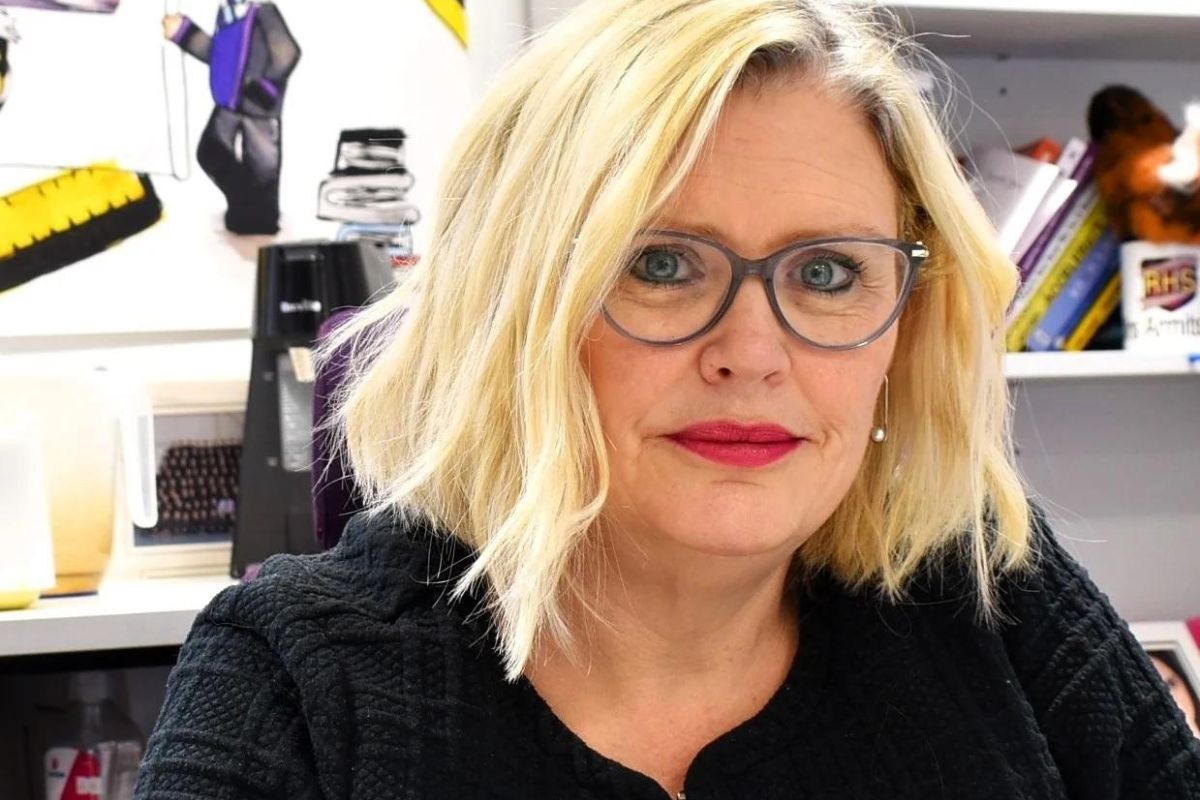‘More Needs to Be Done’ to Encourage Girls to Study Computer Sciences Say Experts

#WomenInSTEM – International Day of Women and Girls in Science:
Figures show that progress has been made, but the number of female Computer Science students and women in STEM careers remains disproportionately low
- The number of female Computer Science students has risen 544% since 2014, but it was 2% down in 2021 versus 2020.
- Male students still disproportionately outnumber female students in the Computer Science GCSEs, with more than three times as many male students sitting the exam compared to their female counterparts
- Men hold the majority of the jobs across major STEM-related professions, except for biological scientists and biochemists, where female employees are the majority (51.86%)
The number of female Computer Science students and women in STEM careers remains disproportionately low in the UK, despite slow progress being made in recent years, research by global technology company OKdo reveals.
Their analysis of Computer Science GCSEs data has shown that, despite a rise of 544% in the number of female students choosing this subject at GCSE level (up from 2,568 in 2014 to 16,549 in 2021), the overall engagement of young women in this subject remains low. Just one in five (21%) of the 79,964 students sitting the Computer Science course in 2021 were female and there were 2% fewer female students in 2021, suggesting that more work is required to engage young women in this subject specifically.
Further analysis of new NOMIS data also revealed the number of women currently employed in STEM jobs is still below half in most instances. Men still hold most of the jobs across major STEM-related professions in the UK, with the exception of biological scientists, where the percentage of female employees reaches 52%.
In some professions, such as IT engineering, the percentage of women employees is as low as 3%, meaning only one in 33 employees in this sector is female.
STEM professions with the lowest percentage of female employees:
- IT engineers: 3%
- Electrical engineers: 7%
- Civil engineers: 9%
- Mechanical engineers: 10%
- Electronic engineers: 11%
- IT directors: 12%
The research shows the industry’s united drive to engage young people in computing careers is slowing paying off. However, more needs to be done to encourage young girls to pursue STEM careers.
At an undergraduate level, a similar picture can be reported, with
UCAS applications for Computer Science coursesup 60% overall – from 89,820 in 2012 to 143,710 in June 2021, but
women represented just 18% of the applicants last year (although this is an improvement on previous years).
In a recent Kaspersky report on Women in Tech, 42% of women said that better marketing on the positive impacts that IT or technical skills can have within society was the most important measure to attract them into the industry. Just one in three (33%) women in a tech role were encouraged to learn IT skills at their school, college, or university. more than a third of female respondents note that final statistic as inhibiting to their own careers.
Additionally, the research highlighted that female role models are key to attracting young women and bridge the gap. In fact, 38% of those surveyed claimed a lack of women in the tech industry is what made them wary of entering the sector.
Julia Adamson, Director of Education at BCS, the Chartered Institute for IT, said:
“Computing provides great career opportunities to young people. We’ve seen increasing numbers studying it, as well as more teachers developing the subject knowledge and expertise to deliver an inspiring curriculum thanks to the support of the National Centre for Computing Education, launched in 2018. Great progress has been made, but more needs to be done, especially to encourage more girls and those from under-represented groups”
Nicki Young, President of OKdo added:
“Our research highlights just how important it is that the number of students studyingcomputer science at GCSE and beyond – and choosing this as a career – continues to gain momentum. The tech industry has been reliably growing, and there is high demand for talented people with this specific skillset.
“Great progress has been made, and it is so encouraging to see more students choosing this subject, but there is more work to do to really engage the tech talent of tomorrow. A Data Analyst, a Software Developer, a Web Designer – these should be aspired careers.
“This is particularly important amongst female students who are still studying STEM subjects in low numbers but have proven themselves to be highly capable; typically achieving higher grades than male students. I have led a large technology outfit with 100s of members, as a result I have been fortunate to have worked with some incredible women in tech, but there are still too few, and it is something I have always been passionate about addressing. We all have a responsibility to do more to showcase role model women in Technology, and all areas of STEM, to inspire the next generation.”
Sources:
- Joint Council for Qualifications. We downloaded all available data on all UK Computer Science GCSE students and results from 2012 – 2021. The Joint Council for Qualifications is a membership organisation comprising the eight largest providers of qualifications in the UK.
- UCAS. We pulled historic data on applications for Computer Science undergraduate courses in June from the UCAS data portal. The Universities and Colleges Admissions Service is a UK-based organisation whose main role is to operate the application process for British universities
- NOMIS: (https://www.nomisweb.co.uk/datasets/aps168/reports/employment-by-occupation?compare=K02000001). We downloaded and analysed the most recent data on employment by occupation and gender. NOMIS is a service provided by the Office for National Statistics, ONS, which grants free access to the most detailed and up-to-date UK labour market statistics from official sources.












Responses